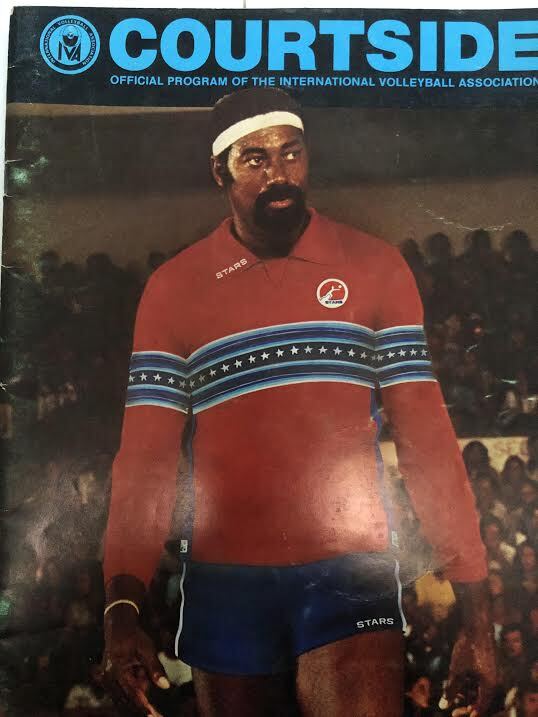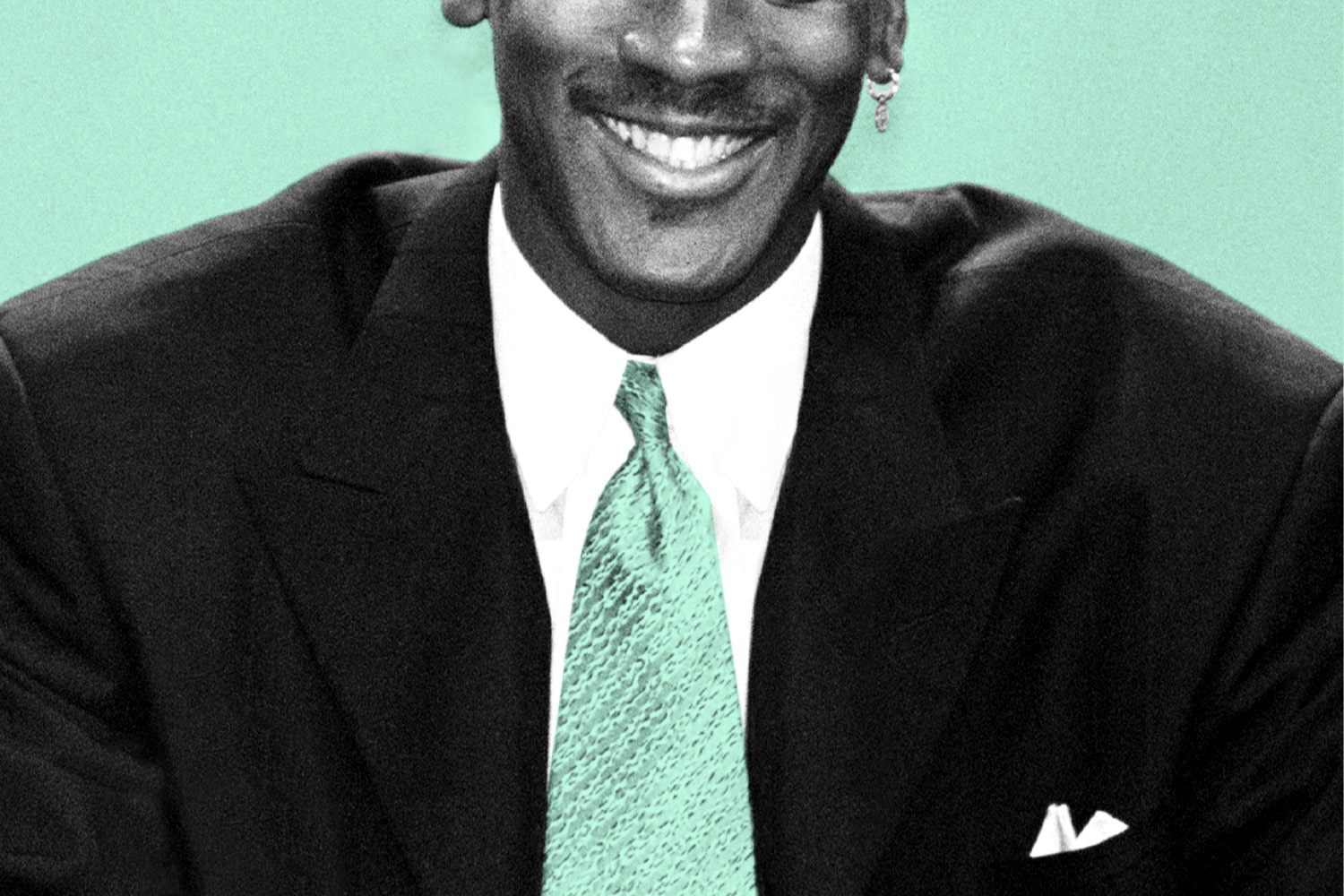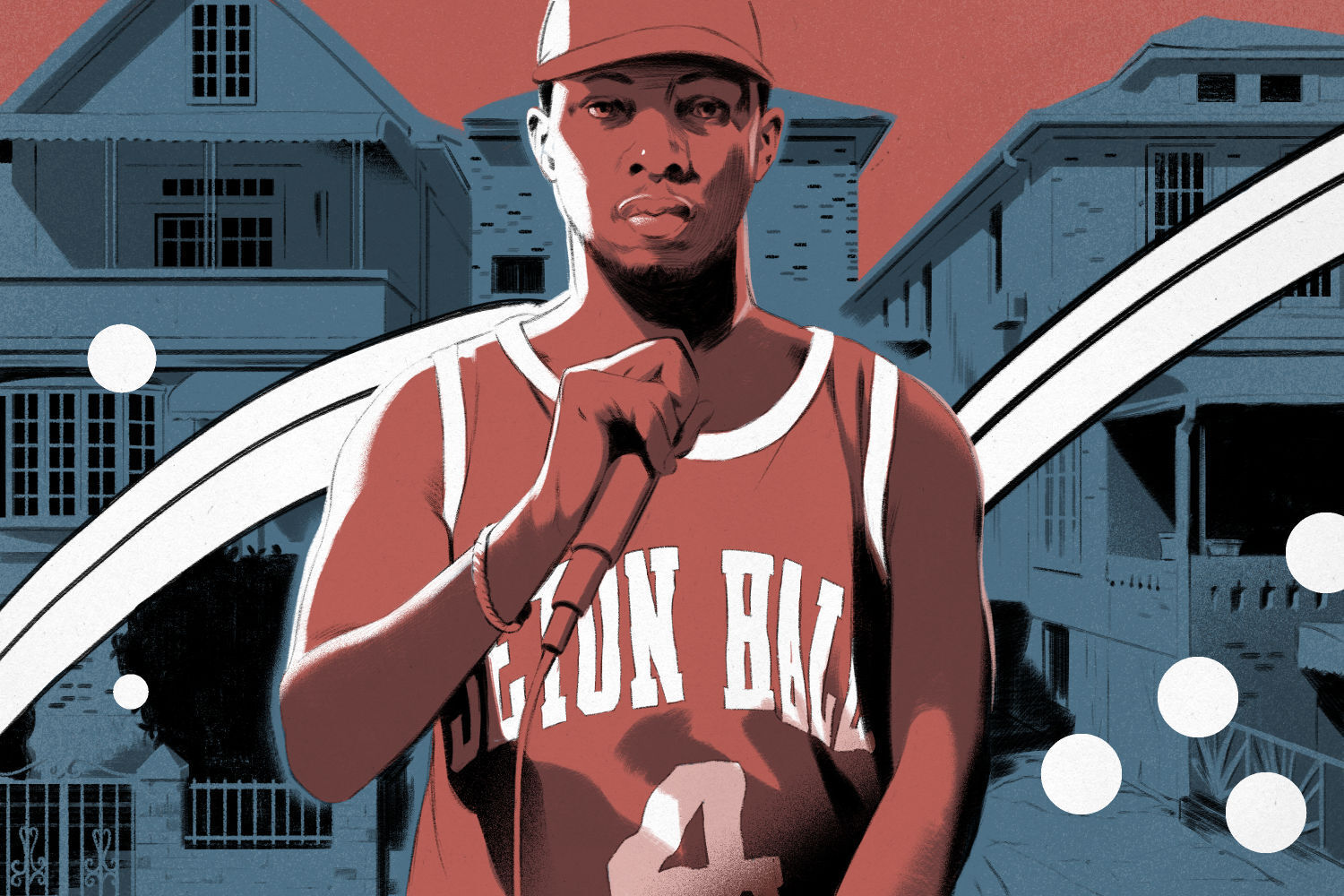Conquering one sport is an accomplishment. Thriving at two is something only a handful of athletes — Deion Sanders, Bo Jackson, Shaun White — can claim to have achieved at the professional level. But to influence two fundamentally different sports in the way that Wilt Chamberlain did is a masterstroke perhaps that is unrivaled among modern athletes. Yes, that’s right: the most dominant basketball player of his era — a colossal figure who towered over his foes and once averaged 50.4 points per game for an entire season — was more than a fine hoops player.
Chamberlain, as tall as he was talented, started his basketball career with the Harlem Globetrotters. But before that, he was a stud track-and-field athlete at Philadelphia’s Overbrook High School and the University of Kansas, where he shined in events like the high jump, 100-yard dash, shot put and triple jump. But it was volleyball that gave Chamberlain as much or more inner joy and self-satisfaction as basketball once did, after he began playing in the early 1970s to rehab from a knee injury he had sustained during his time with the Los Angeles Lakers. The NBA Hall of Famer once said, “I assume that most people know that I’m a volleyballer of some renown. In fact, for a long time, volleyball became as big a part of my life as basketball once was.”
After retiring from the NBA in 1973, Chamberlain quickly became an avid beach volleyball regular at Muscle and Sorrento Beach on the Santa Monica Pier in Southern California, where former Lakers teammate Keith Erickson introduced him to Volleyball Hall of Famer and later close friend Gene Selznick at Selznick’s restaurant, The Windjammer. “One time when Wilt was there, he came up and asked me if I could teach him how to play volleyball. He heard I was the best volleyball player,” Selznick told Volleyball Magazine before he died in 2012. “So, I took him to the beach and introduced him to a new way of life. He had passion for volleyball and did pretty well for a guy who never played until he was about 34 years old.”
A physical marvel at 7-foot-1 and 275 pounds, Chamberlain drew the attention of casual onlookers eager to get a glimpse of this gentle giant on the volleyball courts. The same traits Chamberlain used on the basketball court (agility, leaping ability, reactions, offensive and defensive positioning and instincts) all translated to volleyball, but in a less competitive environment. The volleyball scene gave him serenity, comfort and a newfound energy. It was a culture he quickly embraced.
“I think he liked being on the beach,” says Ed Becker, who played against Chamberlain and was one of the best players during that time. “You could go swimming afterwards. You could get a good workout. Lots of pretty girls. There’s nothing not to like about it. He had lots of friends down there and we used to play tons of card games.”
“Not many sports figures have ever been so universally recognized, and while Wilt came off as an egotistical, womanizing, superhuman through his media persona, he was actually a cool guy with me,” Jon Stevenson, a former AVP (Association of Volleyball Professionals) competitor who played with Chamberlain on a six-man team at the 1978 Manhattan Open, told Volleyball. “Boy, those were the days. Wilt just loved volleyball.”
As Chamberlain’s reputation as a beach volleyballer grew and his celebrity soared throughout California’s beach communities, sports fans across the country began to view the sport as more than some casual, frivolous game you partake in at family gatherings and birthday parties. Chamberlain was so immersed in the sport that he even sponsored a traveling indoor volleyball men’s team called The Big Dippers (after his nickname) and a women’s team called The Little Dippers. Amid all the fanfare, volleyball’s image was changing into that of a sport to be taken seriously. And many attribute that to Chamberlain.
“When we played, no matter where we went, we packed every place. High schools, you name it. All because of Wilt,” Selznick, an occasional player on The Big Dippers, told Volleyball. “Whenever we hit Dallas or Chicago, all the basketball teams came out to watch him.”

With volleyball’s popularity gaining traction, film producer David L. Wolper (Willy Wonka & The Chocolate Factory) saw the beauty in the sport and launched the country’s first ever coed professional sports league, called the International Volleyball Association (IVA), 45 years ago this summer. To add more sizzle, Wolper convinced Hollywood bigwigs like then-Paramount Chief Executive Barry Diller and Motown Records Founder Berry Gordy to be team owners. The latter was able to bring iconic Motown performers Diana Ross, Marvin Gaye and Billy Dee Williams to matches.
During its inaugural season in 1975, the league comprised five indoor teams. It would expand to 14 during its run, all residing on the West Coast. The most progressive element was the idea of converging the abilities of world class men’s and women’s athletes together on one court: the six-player setup required that at least two women — usually deployed as backline diggers — be on the court at all times, with men manning the frontline as the hitters. No rotation was allowed, and one interesting promotional tactic the league used was giving a six-pack of beer to every spiker who hit one of the female defenders in the face.
But the main headliner was Chamberlain. His presence gave the IVA full legitimacy.
Said former IVA President Chuck Nelson in ESPN’s 2017 30 for 30 short film Bump and Spike on his short-lived league: “Wilt was in the founders’ group, so they wanted to bring him in because they saw the potential PR value.”
Chamberlain was an owner-player for the Southern California Bangers in 1975, the franchise’s only season. He played five games. “When it came to passing, setting and digging, Wilt was weak in those areas. He was a mediocre blocker too,” Craig Thompson tells InsideHook over the phone, who played for the Bangers as well as acting as head coach. “At hitting, he was unstoppable. He hit a heavy ball and was the best spiker in the world. The power in his hit — nobody had ever seen that before. He was a real weapon.”
“When you play against Wilt, obviously it was intimidating,” added former IVA player Jay Hanseth. “He’s 300 pounds and 7’2. He would be doing things at 12 feet that most of us are doing at 10 feet.”
Chamberlain would go on to periodically appear for the Orange County Stars in 1977, but where his impact was felt most was in the IVA All-Star Game, which that season was televised on CBS Sports. Wilt was named MVP.
While later serving as the Commissioner of the IVA in 1978, Chamberlain briefly played for the Seattle Smashers. The once-stable league eventually ran into trouble in July 1979 when Robert and David Casey, the owners of the Denver Comets, were arrested at halftime of a match by the Colorado Organized Crime Strike Force due to their complicity in a cocaine and marijuana trafficking operation called “Operation Spike.” It was all downhill from there. Low attendance and financial struggles eventually wrecked the league, and midway through the 1980 season, the IVA folded.
What Chamberlain gave to volleyball, the sport gave back to him, and he was later enshrined in the International Volleyball Hall of Fame. Though Chamberlain passed away in 1999, his impact on beach and indoor volleyball is still universally acknowledged.
“Volleyball had never had not only a famous American athlete but a world famous athlete. Here comes Wilt Chamberlain,” says Thompson. “A household name. He was a larger than life personality and he comes into the sport of volleyball. And he can play and make an impact. This was the Golden Era for volleyball in America. It got tremendous coverage. Every time he played the gym was full. The New York Times and New York Magazine had never covered volleyball before and both started covering it. He didn’t change the game of volleyball in terms of the way it was played. But did he change the visibility? Absolutely. Did he put the IVA on the map? Absolutely.”
Whether you’re looking to get into shape, or just get out of a funk, The Charge has got you covered. Sign up for our new wellness newsletter today.





















